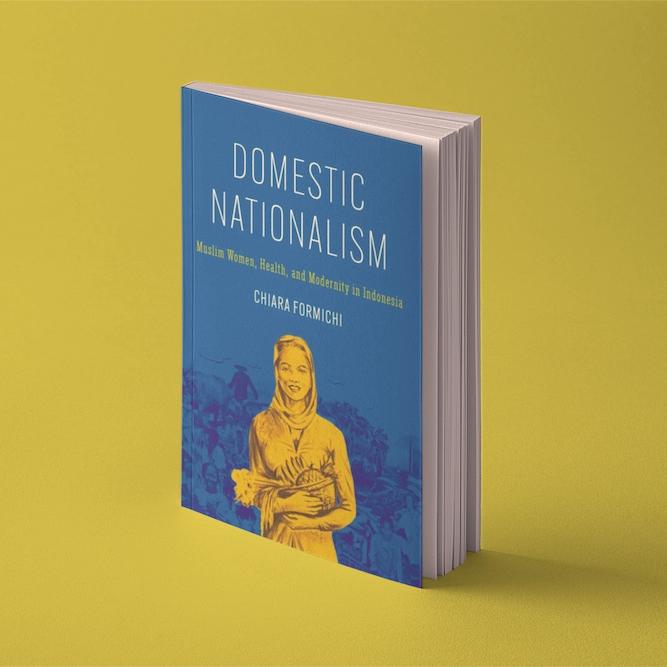
 Department Homepage
The College of Arts & Sciences
Department Homepage
The College of Arts & Sciences
Conference considers a global plant steeped in meaning
It is the centerpiece of one of the world’s subtlest rituals. It is swilled by thirsty workers at truck stops and construction sites. It is a pick-me-up and a sign of refinement, a bracing tonic and a sugary treat. It is sold in hawker stalls and high-end shops, often on the same city block. It is, after water, the most popular drink on the planet. It is, of course, tea.



